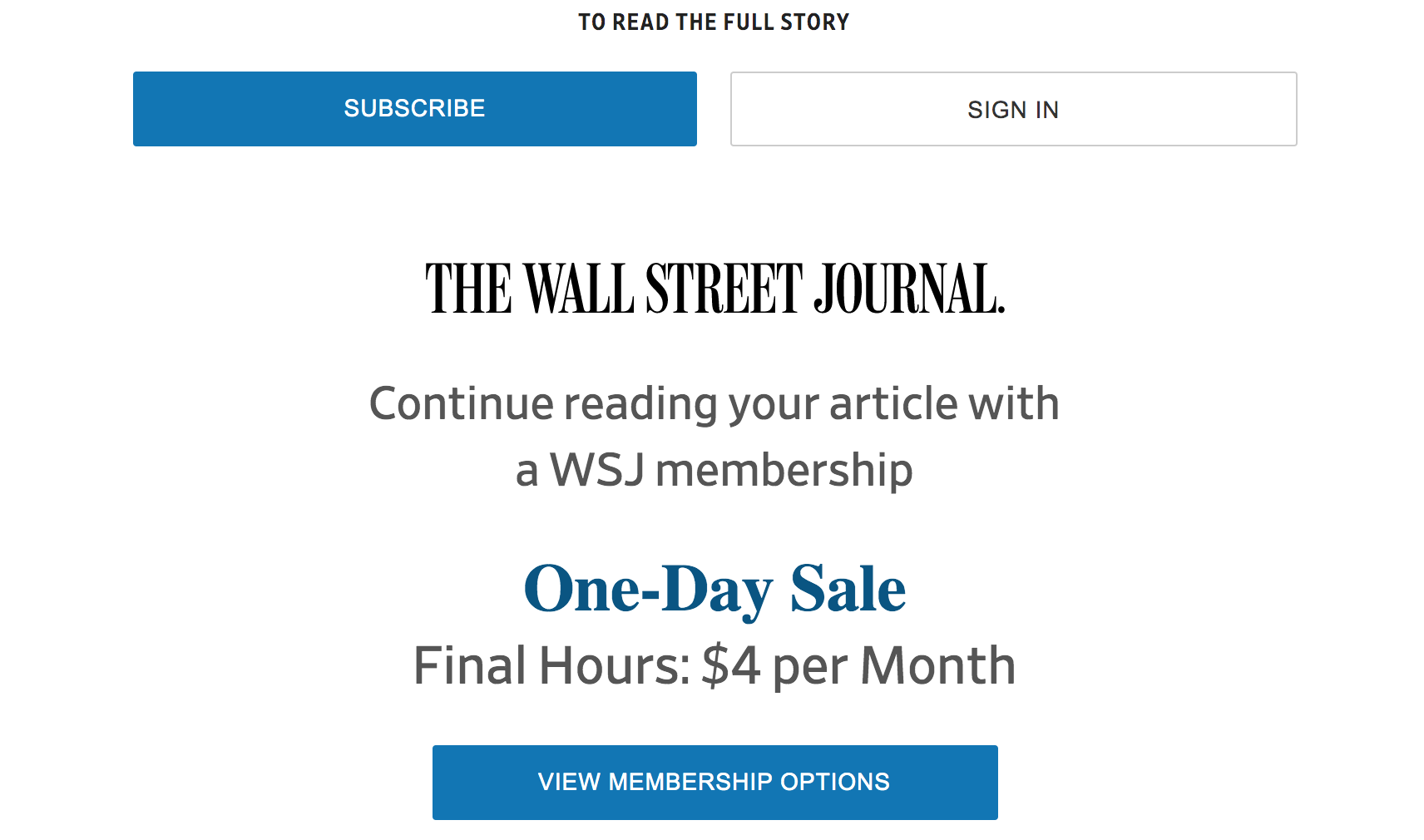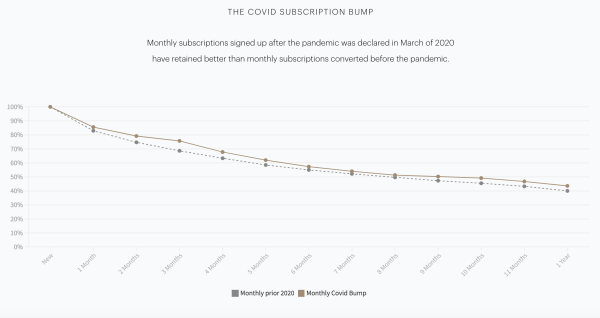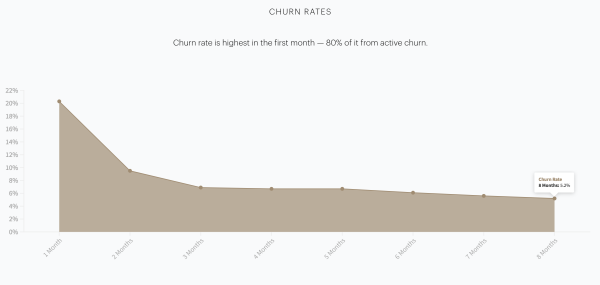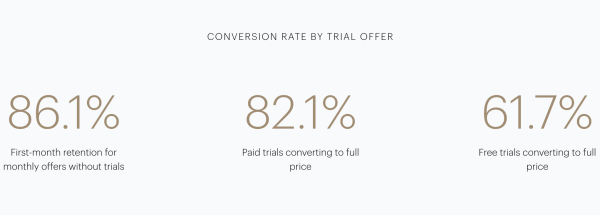
Digital subscriptions have become an increasingly significant business for English-language news providers over the past year.
As noted by Press Gazette’s 100k Club report, English-language publishers – led by the New York Times, Washington Post and Wall Street Journal – now share more than 23m subscriptions between them.
A new report from Piano – a tech company that advises hundreds of media firms on how to build reader revenues – finds that its largest clients have experienced an average subscription growth of nearly 58% over the past year.
The problem for publishers is that a large amount of this growth is thought to have been driven by reader interest in Covid-19.
News providers now face the challenge of retaining subscribers, and attracting new paying readers, as the world appears to be emerging from the health and economic crisis.
“If you think of news, the demand and value of it changes dramatically based on the events of the day,” said Patrick Appel, director of research at Piano, whose media clients include the Wall Street Journal, Insider, the Economist, Gannett and the Telegraph.
“When you have news that can literally help keep you safe, and inform you of essential things, I think it prevented some of that ‘I’m going to subscribe and cancel’ impulse. Effectively, the news cycle helped onboard people.”
Appel, a former digital editor of Politico, added: “And so I think the challenge as we hopefully get back to more normal times is: how do you do that when you don’t have the news cycle doing that for you? How do you still help people understanding what they’re purchasing and the value of it?”
Piano’s ‘Subscription Performance Benchmark Report’, published on Wednesday, did have some encouraging statistics for publishers.
So far, news subscriptions taken out since the pandemic began have proven to be more resilient than those purchased before March 2020 (see chart below from report).
After one year, 43.6% of post-pandemic subscriptions have been retained on average. The average before Covid-19 was 40%.

Problems: ‘Sleepers’ and early cancellations
One of the most concerning findings of the report for publishers is that, on average, two in five media site subscribers are categorised as ‘sleepers’.
“In the first days of a subscription, onboarding is important to drive engagement, which is important to retention as well as acquisition,” the report says.
“If subscribers don’t engage early, they often cancel quickly, or become a doomed ‘sleeper’ and stop visiting the site, even if they’re still subscribed. ‘Sleepers’ are active subscribers who haven’t visited the site in the past 30 days. As evidenced in the chart below, a whopping 40% of subscribers are sleepers for the average media site.
“Unsurprisingly, these disengaged subscribers tend to account for a significant share of cancellations overall. While a sleeper might take many months to get around to cancelling, about half of them on annual subscriptions and two-thirds on monthly subscriptions are gone within a year of going inactive.
“Our research shows they fall asleep fast – 60% of sleepers first become inactive within the first two months of their subscription – making it incredibly important to use an onboarding program and implement other tactics to drive engagement and habit early in the relationship.”
The report also highlights how publishers face the highest “risk of cancellation within the first days and months of a subscription”, again demonstrating the need “to have onboarding campaigns that introduce users to the benefits of the subscription and encourage early usage and engagement” (see churn rates graph below).
“Piano’s cancellation propensity algorithm frequently finds that subscription tenure, the number of days since subscription conversion, is among the metrics most strongly associated with cancellation risk. Subscribers who have stuck around long enough to make multiple full-price payments are much more likely to continue to subscribe.”

Solutions: Annual subscriptions and no free trials
In addition to strong ‘onboarding’ procedures, Piano identified several other solutions that could help publishers retain subscribers.
One is to encourage readers to pay for an annual subscription rather than a month-by-month deal.
It found that 74% of annual subscribers remain loyal to the website after one year, versus 46% of readers who pay monthly.
“Historically, around two-thirds of new subscriptions acquired during any given month on Piano’s platform have been monthly,” said the report.
“However, because annual subscriptions retain so much better with higher lifetime value, there is an obvious strategic rationale for encouraging annual commitments.
“The obvious difference is that monthly subscribers have 12 chances to cancel or have a payment failure over the course of a year, while annual subscribers have only one. When comparing performance over the first year of a subscription in the chart below, at the median, only 45% of monthly subscribers are left at the end of that year, while 75% of annual subscribers remain.”

The report also noted that many publishers started to give up on free trials through 2020.
It found that 17% of new monthly subscriptions in January 2020 included a free trial. This fell to 5% in December 2020.
“This indicates that publishers are getting more confident in their pricing and smarter about promotional strategies, since free trials often don’t make financial sense when carefully analysed,” Piano said.
“Trials generally have a big impact on retention. Non-trial monthly subscriptions have a median retention rate of 86.1% from the first month to the second. Paid trials, even at a relatively low price like $1, retain 82.1% when the trial period is over. But free trials retain only 61.7% when users have to start paying – with significantly lower lifetime value as a result.”
Email pged@pressgazette.co.uk to point out mistakes, provide story tips or send in a letter for publication on our "Letters Page" blog
